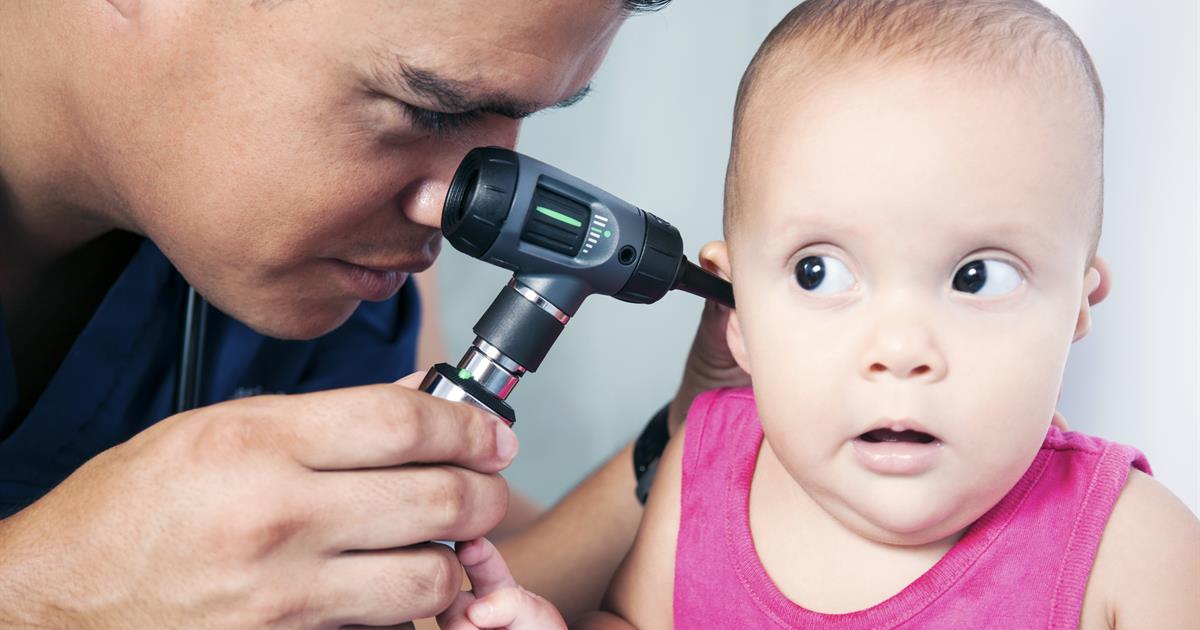What Causes A Clogged Ear?
Clogged ears, also called plugged ears, generally develop due to a blockage in the Eustachian tubes. These tubes connect the inner ear to the brain, and clogs may cause discomfort, balance problems, and decreased hearing. Eustachian tube problems are more common in children; their Eustachian tubes are naturally smaller than those of adults. Clogging sensations in the ears that do not resolve after forty-eight hours should be investigated by a physician. They will perform an ear examination, looking inside the ear with an otoscope. Patients may also need to have a hearing test performed by an audiologist. Treatments for clogged ears vary according to the cause of the patient's symptoms, and doctors may recommend ear drops, antibiotics, or surgical interventions.
Ear Infections

Both bacteria and viruses can cause ear infections, and these usually affect the middle ear. Symptoms of ear infections typically include ear pain, a discharge of fluid or pus from the ear, hearing loss, and a persistent sensation of pressure inside the ear. Primary care doctors are normally able to diagnose an ear infection with a simple physical exam of the ear, and patients who have chronic infections might be referred to an ear, nose, and throat specialist. Colds, allergies, sinus issues, and swelling or infection of the adenoids are all possible causes of an ear infection, and individuals who smoke are at a higher risk of these. For bacterial infections, doctors often prescribe antibiotics, and patients will likely need to have a follow-up appointment to check their infection has healed. Ear drops, heating pads, and warm compresses may help soothe the pain associated with these infections. A surgical procedure to insert a tube into the ear might be necessary if a patient has repeated ear infections.
Swimmer's Ear

Swimmer's ear is an outer ear infection especially prevalent among swimmers. Patients with swimmer's ear might experience itching in the ear, and they may also notice a feeling of fullness or increasing pain in the ear. In advanced cases of swimmer's ear, patients might have pain that radiates to their neck or face, and the ear canal could become completely blocked. A fever might develop, and lymph nodes in the neck may swell. While this type of ear infection is common for swimmers, it can also occur in non-swimmers who use earbuds or hearing aids, particularly if they are not properly cleaned. Inserting cotton buds or other items into the ear to clean it also raises the risk of an outer ear infection, and skin irritation from hairspray, jewelry, or hair dye might result in infection too. Patients with swimmer's ear will need to have their ear canal suctioned out so ear drops can effectively treat this condition. Patients may need to apply an acidic solution to the affected ear to eliminate harmful bacteria, and antibiotics, steroids, and pain relievers are frequently needed.
